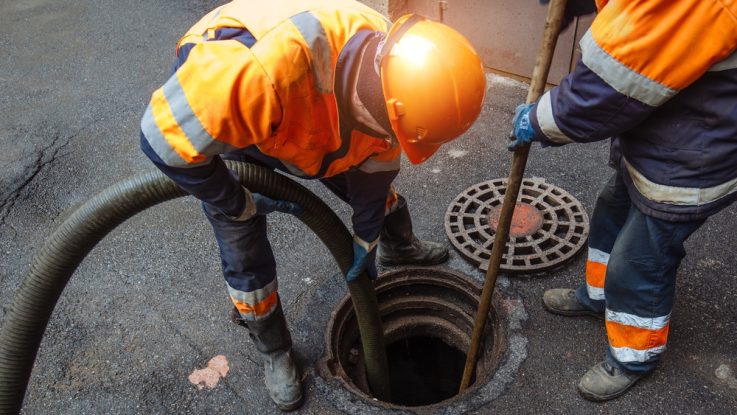
Madrid, Spain’s water supply company, Canal de Isabel II, is using drones to inspect its sewer network. The drones are programmed to operate autonomously throughout the region’s network of underground tunnels, which encompass approximately 2,500 kilometers in size – one of the largest wastewater networks in Europe.
These autonomous drones – which were developed by the Madrid-based company, Hovering Solutions – ease the workload and safety for workers, along with collecting and recording data. Traditionally, inspections of the sewer network’s accessible collectors have been carried out by a team of three people, two of whom accessed the interior of the network to carry out the inspection, while the third remained outside the infrastructure for security reasons. Wheeled robots could not be used, as they lack the capacity to move across deep waters, mud covered areas and surpass obstacles. Piloted drones were also not an option as radio connection between the operator and the robot is normally lost due to several shadow areas along the path, caused mainly by the long distance and existing curves in tunnels.
As it flies, the drone records high-resolution images that are then analyzed for defects and obstructions in the network, such as cracks or other structural changes. The analysis and interpretation of the gathered data is performed using artificial intelligence programs that provide automated, objective, and reliable information on the state of the pipelines, and can recommend the actions needed in each section of the network. Combining the results of the reports and the audiovisual resources filmed by the drone results in the creation of 3D point clouds of the route, saves time, optimizes costs, and standardizes the analysis of the defects.
Canal de Isabel II also uses drones in other parts of its infrastructure, such as inspecting pipelines that come out of the dams. You can see the drones in action here.